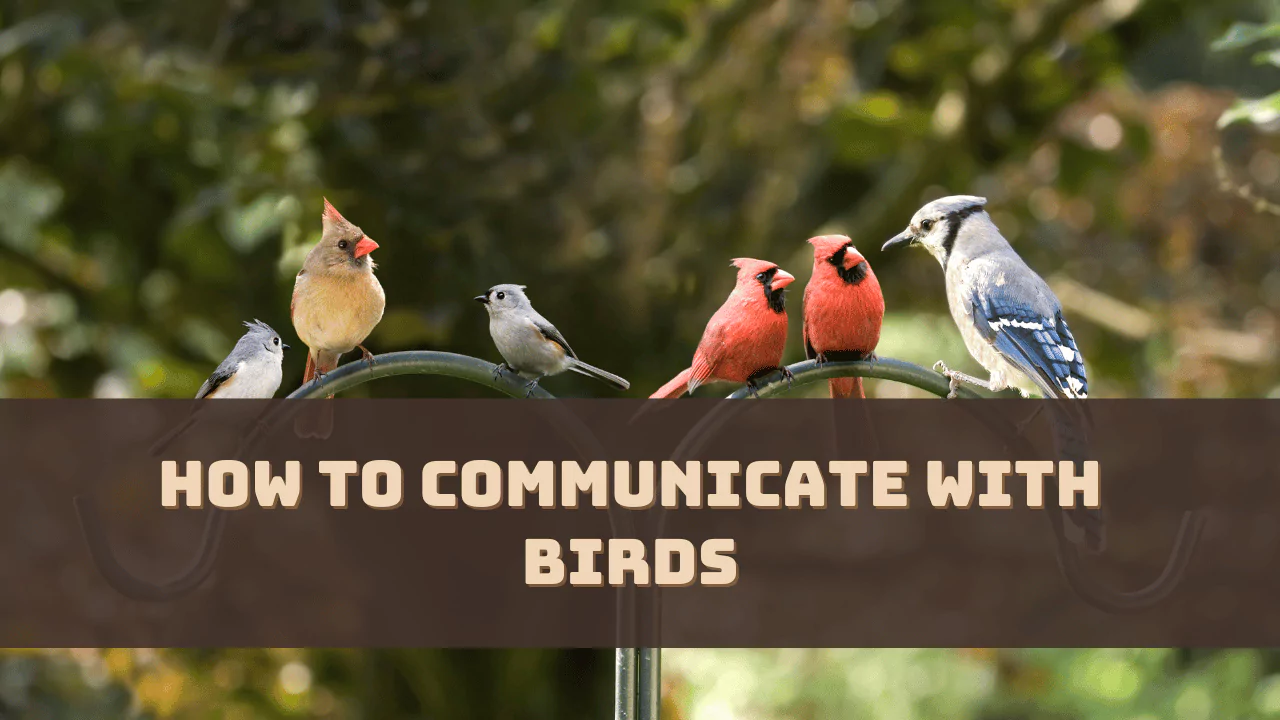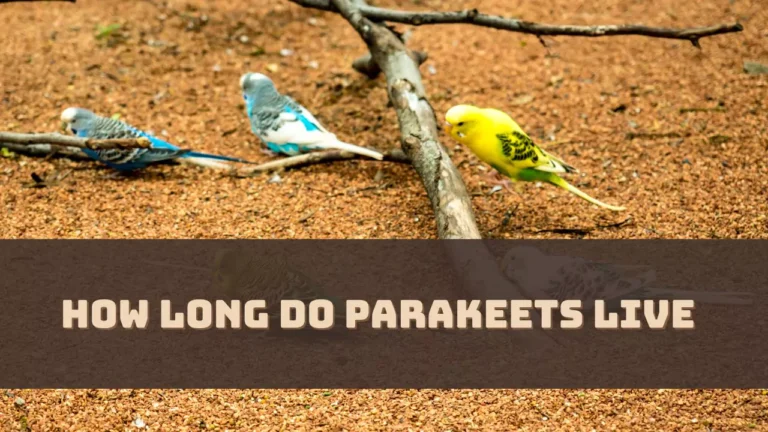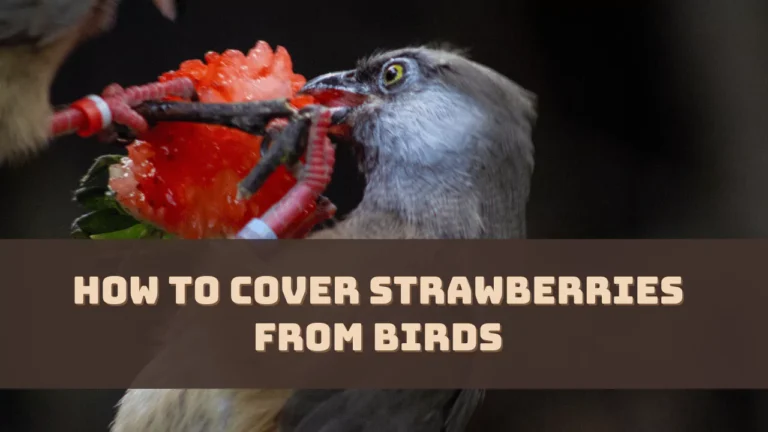Birds communicate by using their amazing sound and for years studies have been conducted to understand what message they convey. Usually, birds use vocal sounds like companion calls, songs and alarm calls, along with body language and different behavior to communicate. They usually use vocalization to find mates and keep track of their nest or family or local food. They also communicate about the presence of any predator nearby or to defend different territory rivals.
Now, there would be a lot of struggle, when it comes to learning bird language as you have to memorize different calls, sounds and behavior. So, let’s get to know about the most basic forms a bird uses to communicate and how you can interpret the message.
What is a Bird Divination?
The indigenous culture used to study bird language and decode the message which also included climate change, availability of food and water, risk projection, environment monitoring, locating tracking and hunting ground. Thus, the process of using bird language for millennials to bring in sustainability is called bird divination.
Different Types of Birds Call Variation
Birds use different types of calls, and when you note down the variation, it helps to understand how they communicate with each other and these depend on different circumstances such as:
- Fight call – These are made during a fight and it is usually a short call and means to keep contact with the other birds in the flock.
- Season call – This is the most talked about call made by male birds to attract mates during the breeding season. It can also be used to defend the territory.
- Alarm call – When a bird needs to alert others in the area after facing danger, then an alarm call is set.
- Contact call – When the bird has to maintain contact with other members of the same species. They use contact calls and this is generally done when the other species is out of sight.
- Specialized call – Birds go through specialist tasks like building a nest or partnership which uses specialized sound.
How do Birds Communicate with Each Other?
Birds mostly talk about essential things like food, mating, territory and safety. So, it can be presumed that they also use pretty standard phrases to express their words through song, loud chirping or making any other kind of noise. You have to determine what the bird is actually trying to convey in a message by syncing the sound and behavior.
What is Bird Call vs. Bird Song?
The best way you can start to distinguish between a bird song and a call is by listening carefully. There is a difference in sound quality, and where it is communicated. There is also an audible difference which helps to classify the bird sound into two groups: bird call and bird song. The difference in these two types of vocalization is not particularly based on species, so there is no need for the skills of identifying the type of word. You must always start with simple things around you so that you do not get overwhelmed. After you start practicing the skills, you achieve accuracy in identifying the cause. You can also move on to a more complicated understanding of the bird language.
Do Birds Use Body Language to Communicate?
Yes, birds do communicate using body language and this is called the non-verbal way of communicating. The most common visual displays that a bird can be seen doing to communicate a message are tail flipping, chasing and hiding in the bush, waving the wings excitedly, head bobbing, beak rubbing against branches, changing flight speed and trajectory, maintenance of personal space and overall change in emotional state. Whenever you are trying to understand bird body language, you need to determine what the bird is actually trying to convey.
For example, if there is repeated body movement, such as tail flipping or beak rubbing, then these are signs of alert and are used to draw the attention of the nearby birds. These responses are made out of nervousness which would help you to understand the emotional state of a bird. However, you have to go through a lot of practice studying the subtitles of the body language and understand what they are trying to communicate and what are the intentions. Most importantly you can also find changes in body language when they are in flight.
Why Should You Listen to Birds?
You have to listen to the bird sounds, calls and songs so that it can fall into a habit or practice in your daily routine. This would help you to hear and interpret what the birds are saying without much difficulty. This is just the beginning of an amazing adventure. You can easily read their language and understand where the food sources are, where they are building their nest, whether the bird is friendly towards other birds and also the birds that are nearby. It is also to understand whether the bird has chosen their partner in the neighborhood or whether there is a threat around them.
Why is Bird Communication Very Important?
Board communication is very important in wildlife tracking and it acts as a survival skill for finding food, hunting or staying safe in the wild. With the development in modern processors today, listening to birds can help to activate long-lost sensory potentials which makes you stress-free in this busy hustle and bustle environment. If you pay close attention to what birds are saying you can understand that they are trying to communicate with you.
Do Birds Communicate with the Nearby Predators?
Yes, birds do communicate about their predators, which has been noted through long-distance calls. Along with this calls are made as an act of advance warning and notifying about any dangerous animal in the area. There are different types of alarm calls used by birds, based on the type of animal location and intensity of risk.
Do Birds Use Feathers and Colors to Communicate?
Yes, birds use their color patterns and feathers to communicate, which are non-verbal and you can also make a difference in their behavior:
- Feathers and colors signify traits like age, sex, reproduction status and the predation risk of the bird.
- Feathers are also an indication of good health and quality food intake.
- Different colors of the feather also make the birds easy to recognize within a group. Some birds are also seen to reflect the UV light falling on their feathers to convey mating signals.
5 Step to Identify Bird Calls
You have to explore various ways that can prove to be effective in communicating with birds, such as –
- Memorize the common bird language, which includes alarms, mating calls and territorial warnings.
- Try to understand the patterns in bird sounds, such as duration and rhythm.
- You can also use smartphone apps to detect bird calls by recording the sound. This will also help you to differentiate between different species of birds.
- You must also note down the time of the day, behavior and pay minute attention for a more accurate identification.
- You can also learn the art of replicating or mimicking the avian sound, which would help you to communicate with the birds in their natural habitat.
How to Ensure Ethical Bird Communication?
When you are communicating with the bird, there are certain factors that you must consider for ethical bird-watching. You must respect the bird’s habitat, so it is important to recognize and appreciate the living area of the bird and nerve damage, disturb or displace their natural habitat. A communal effort is required to ensure a healthy biodiversity for the birds. You must also not disturb the nesting site and minimize noise pollution. Keep yourself at a distance while bird watching, so that you do not disrupt the daily routine of the bird and create a disbalance in the nesting site. Use tools like binoculars and telephoto lenses which would not engage the birds in any kind of stress. Also, do not use any lead-based products around the bird habitat.




